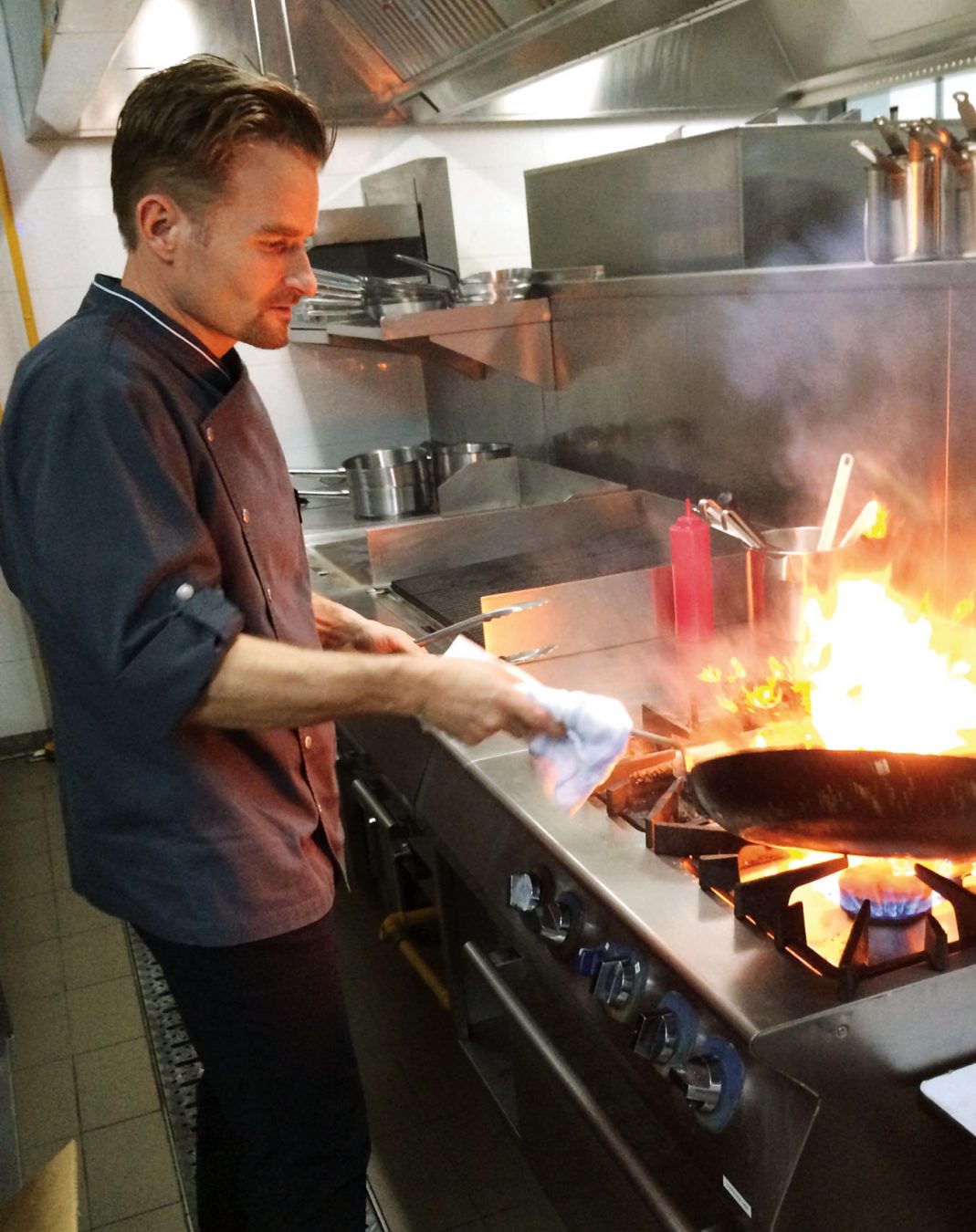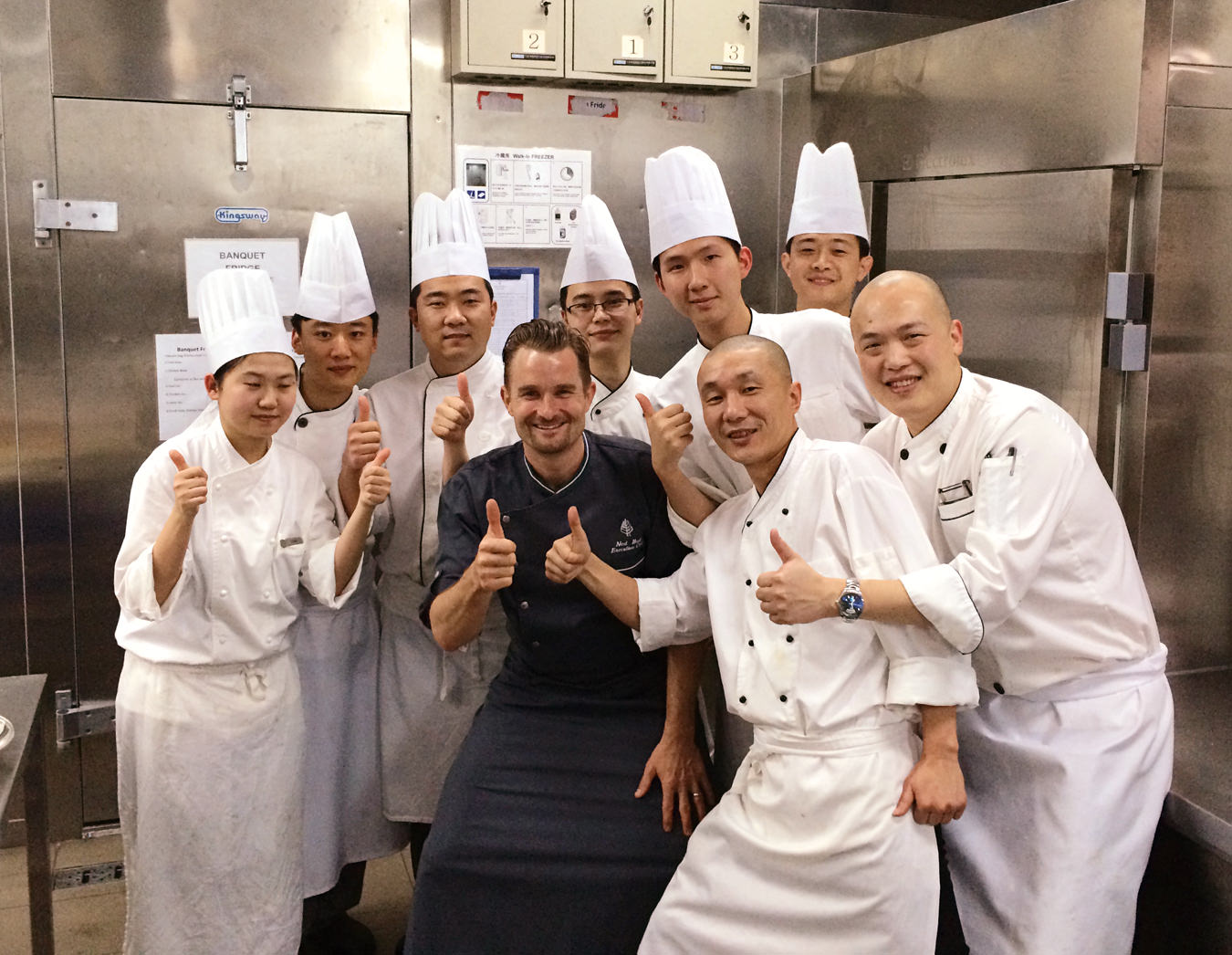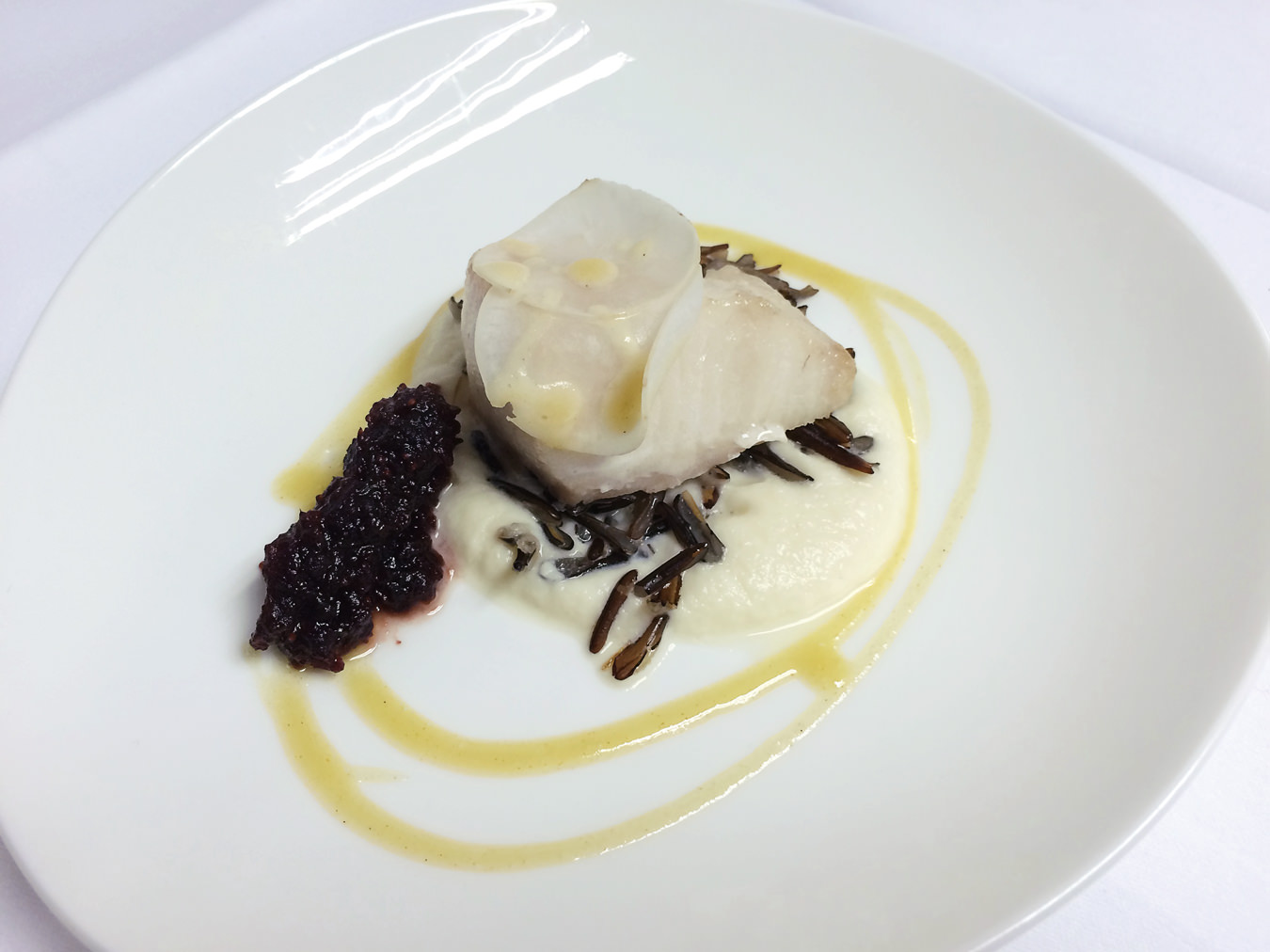China has been calling me for decades. As a chef raised, educated, and trained in Vancouver, the influence of Chinese culture, flavours, and techniques is as familiar and important as Larousse Gastronomique. So when the opportunity to travel, cook, and collaborate in four major Chinese cities presented itself last spring, I filed my visa application, binge-watched The Mind of a Chef, and sharpened my knives. I was curious, intrigued, and totally stoked to showcase British Columbia’s culinary sensibilities—sustainable seafood, hyper-local ingredients, and the art of B.C. food and wine pairings—to tourism, trade, and culinary influencers in Beijing, Shanghai, Guangzhou, and Hong Kong.
Bringing my bag of tricks and passions to work alongside some of the country’s leading chefs was thrilling. Toting some special ingredients into the country also caused my heart to skip a few beats; let’s just say I didn’t pack light, and held my breath a few times along the way. (If I was going to present highlights of B.C.’s culinary vision to the tastemakers of the world’s emerging superpower, I wanted to do it right.) The seafood we shipped from Canada was raved over; there were mussels, clams, oysters, geoduck, sablefish, lobster, wild salmon, crab, spot prawns, and albacore tuna, plus cranberries and blueberries. All the chefs I encountered were thrilled with everything. Similar to how I would feel, they valued the ingredients’ fresh and unique qualities. I felt a reciprocal appreciation from all the chefs I worked with; it’s a wonderful experience to share techniques and inspiration.
The act of cooking is a common global language; everyone does it, at least on some basic level. As a result, food is a direct reflection of a country’s people, land, history, and future—and cooking, eating, and grocery shopping in China did not disappoint. Visiting the country’s food markets blew my mind, lending new insight to what, when, and how food happens. Everything is for sale, as fresh as having it look you in the eye, to dried, preserved, and pickled for posterity. The wet markets have no direct comparison here in North America. Loud, dirty, and often shrouded in mystery—what is that? And that?—it’s an intoxicating education for open-minded foodies, let alone Westerners who have no idea where their food comes from. Suffice to say, the local fish didn’t remind me of home. I saw things one would never see in Vancouver.
Wet markets were the hub, and fish was the currency; the way it was bought, butchered, and sold was unlike anything I’d ever witnessed. Live fish of all sorts, shapes, sizes, and species; types of fish I could not identify; types of fish I am not sure how to eat, let alone cook. It’s pretty clear these overwhelming markets are meant for locals’ daily meals. I am sure the big companies that buy and sell to the hotels and restaurants are similar to what we have back home, but the only thing I know for sure is that I don’t know what I don’t know. I would need to thoroughly educate myself about what is going on in and out of Asia to have any reliable opinion. I want and need to go back, often.
Eating on the street in China will also take a chef to school. And while fresh and local is a way of life, sustainability is not so much—or at least how I interpret sustainability. Culturally, the Chinese eat everything, and that widespread no-waste, “gills- and nose-to-tail” consumption is certainly a form of sustainability in its own way. But from a seafood standpoint—my personal calling in life—sustainability as I know it was found lacking. This made me realize anew how lucky we are in North America to have programs built around marine biology and scientific research, including Ocean Wise, SeaChoice, and Seafood Watch. These programs make it easier for chefs, consumers, markets, and restaurants to know what they are buying and eating.
And while I didn’t see that in China, I do know that programs like the Marine Stewardship Council, the Aquaculture Stewardship Council, the World Wildlife Fund, and Oceana are working hard to change that in Asia and around the world, giving the fisheries and the fish farms more information so they can effect change for the better. Asia is, after all, a powerful place with tremendous global influence. Size does matter. If they can move the dial, then all that we do back home isn’t entirely lost in the global shuffle. Fish and seafood is bought, sold, traded, and processed constantly across the world’s oceans and borders, sometimes without much, if any, clarity.
The chefs, cooks, and culinary teams I worked with were incredibly curious and keen to learn about our seafood. Our foundation, Chefs for Oceans, is all about engaging peers in Canada and the United States, but here was an incredible opportunity to educate new friends in a country where a good deal of our local seafood is consumed, with the potential for much more. And while the topic of top quality products is paramount—they love the seafood from our “clean ocean”—the topic of sustainability seems almost non-existent, at least in circles I cooked amongst.
Consumers, guests, shoppers, and families dictate what businesses do, and in China it appears that consumers are not asking for sustainable seafood because it isn’t important to them yet. Chefs are not asking the right questions because they may not realize the pressures the world’s oceans and fish stocks are facing. I got into an argument with one Chinese chef about a specific species of a fish. He told me it was imported Canadian sablefish, but my experience told me it was Chilean sea bass. He was adamant that it was sable, as it’s what his supplier always sends when sablefish is ordered. The truth is that fish is given different names in different places, and I believe this was a glaring example of mislabelling.
Sustainability is a big grey area, from an even bigger ocean, and to be fair, it is hard to pinpoint the problem with so many unanswered questions. Where to begin? Who are the key players? What’s the best approach? For me, sustainability is as much a local solution as it is a global one: let’s start with the communities. Worldwide solutions need to be addressed on an international scale. It is a much larger conversation.
However, the fact remains that overfishing is the largest threat to the world’s oceans. If the world does not do its part, Asia included, we will run out of wild fish, and the ocean ecosystem will continue to be pressured beyond its capacity. And that is as tragic as it is avoidable.
With files from Kate Colley.











